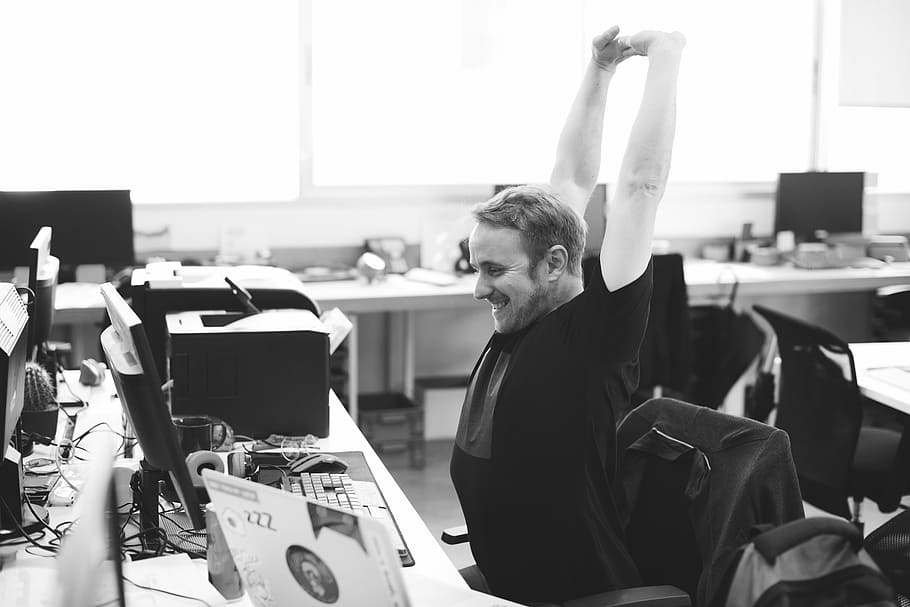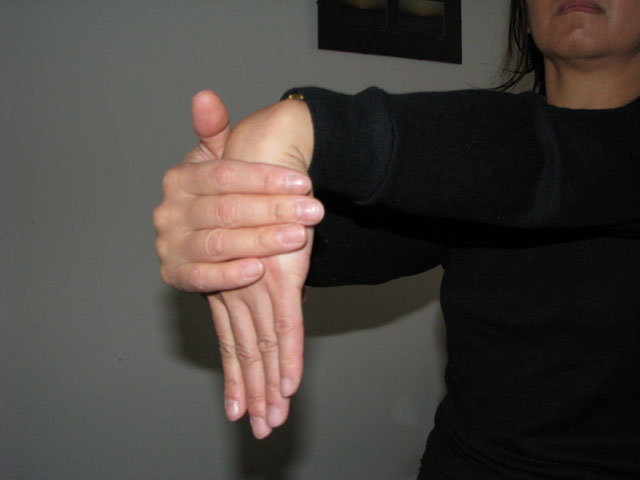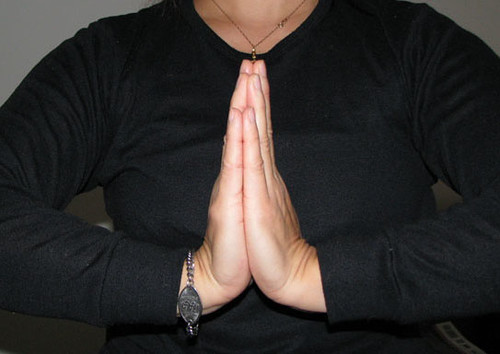If you spend a lot of time at work, specifically sitting on a desk being bound by the constraints and limitations of your many responsibilities, you may feel the the aches, pains, and exhaustion that develop over time. An office job can be demanding and challenging, both mentally and physically. Although research shows the benefits of moving throughout the day, the work environment does not always support that idea. However, you can still do simple exercises and stretches at the office to help you feel more energetic and productive.
Healthy exercises don’t always require you to sweat. You can take short breaks and incorporate different types of simple office exercises and stretching into your routine. From the comfort of your desk or cubicle, you can increase your blood circulation, flexibility, and alertness.
Here are some simple exercises which you can feasibly do at the office (of course, only after checking with a physician first if you have any doubts).
Stretches You Can Do at the Office
Stretching is a great way to reduce muscle and joint soreness. Stretching regularly throughout the day is vital for your mind and body.
Not only should you stretch before and after harder exercises, you should stretch during low-intensity activities (like sitting at a desk!). Quick and easy office stretches are a great way to do this.

For every hour of sitting, standing up to stretch for a few minutes is a good rule of thumb.
No matter your fitness level, stretching is an important physical workout to include in your routine. Although stretching itself is simple, many people neglect to stretch at all. Office stretches can increase energy and alertness and can contribute to the betterment of your overall physique, regardless of your age.
Simple office stretches can enhance your range of motion, coordination, and flexibility, among other things. Stretching regularly can decrease the tension of the muscles, promoting mobility in a freer manner.
Not to mention, the process is overall relaxing and comforting. However, it is important that you should not exceed your limitations while stretching. While you are stretching, keeping a steady, slow pace is extremely necessary. Developing a routine can help to prevent yourself from overdoing it, particularly if you are not used to stretching very much.
Let’s go over some basic, office stretches below:
Stand Up!
Standing up periodically not only helps with circulation, but it also stretches your hamstrings, calves, and the rest your legs.
But it can be annoying to force yourself to stand up, get off of your work flow, and interrupt your progress.
This is where standing desks are a game changer.
Using a standing desk intermittently throughout the day not only helps with flexibility, but it can be a great way to maintain focus and productivity.
With a standing desk, you can also easily stand up without having to break your workflow. Your desk moves with you. All you have to do is stand up!
Here’s some of the major potential benefits of standing desks:
- Better Joint Movement and Flexibility
- Improved Posture
- Reduced Back & Neck Pain
- Increased Productivity
- Heightened Alertness
- Improved Mood & Energy Levels
Want to learn more about standing desks’ health and productivity benefits? Check out this article which goes into greater detail!
If you want to check out a great all-around standing desk with fantastic reviews, be sure to read our review of the popular VIVO 36 inch Standing Desk here!
Neck Stretches
While sitting at your desk, move your chin up to the ceiling, leaning your head back. Hold that position position for a moment, then release it and repeat that a few times.
Neck rolls are another simple stretch that can reduce neck pain and help you maintain focus. Slowly tilt your head and move it around in a circle. This will allow you to stretch each side of your neck effectively and help with circulation.
Especially if you are starting at a computer screen, it can be easy to hunch forward while typing or reading. This makes it extra important to stretch your neck regularly each day!
Hand & Forearm Stretches
You can also perform hand stretches to release tension that can build up over long periods of working.
One useful office stretch is to pull your hand down towards the floor to stretch the top of your forearm. Try bending your hand backwards, towards the ceiling, to stretch your lower forearm. Hold this position for about 30 seconds and then release.

Another easy stretch is to press your hands together, almost like a preacher. This will stretch both forearms simultaneously.

You can repeat these stretches multiple times throughout the day, especially if you are on the computer all day long or typing for hours at a time. Keeping your forearms and wrists from locking up is critical, especially if you do a lot of typing or scrolling with a mouse.
Lunging Stretch
To perform this exercise, you will have to kneel on one knee, placing your opposite foot flat on the surface in the front. You’ll be standing in a sort of scissors-like position.
Dip into a lunge by keeping your back leg straight while bending your front leg. Slowly lean into your lunge to get a good stretch in your back leg’s hamstring and calf. Carefully raise yourself back up after a few seconds, or longer if you can bear it!
Then, repeat the same exercise by switching sides.
For those people who are working longer hours in their offices, sitting most of the time, this exercise can provide greater benefits. This office stretch can keep your body awake and alert while also keeping you limber and flexible.
Quick Office Exercises for Increased Alertness
Stretching is just one part of a healthy routine while working at a desk. Some more involved exercises can really help with your alertness and productivity even more, and they are simple too!
Let’s take a look at some of those simple exercises now.
Take a Walk
Walking may seem like an obvious exercise, but many people neglect to move from their desk beyond a couple times per day. And some people eat lunch at their desk and only get up a couple of times per day to use the bathroom.
Taking a walk a few times during the work day is a fantastic way to get some sort of exercise and stay sharp. Walking burns significantly more calories than sitting, after all.
To take it to another level, you can walk up and down the stairs if you have any near your workspace!
When you use a standing desk, you are more prone to walk around the office since you are already standing. This is another great benefit of standings desks; they promote a more active lifestyle even while you are working!
Even if it isn’t the best exercise in itself, walking periodically throughout the day can really help to keep you alert and prevent you from getting sluggish from sitting down all day. It’s one of the easiest office exercises that you can do.
Chair Dips
You can easily perform this office exercise during your lunch break, or at any point that you are feeling sluggish.
Fix your hands on the edge of the chair and place your feet farther out on the ground. Holding yourself up with your arms, descend your lower body to the floor; without moving your feet, move back up. It goes without saying, if the chair is movable, make sure that the wheels are locked to avoid an accident!
Here’s a great example:
This form of office exercise is extremely beneficial if you are trying to improve your arm and core strength as well. Chair dips really work the triceps which are at the back of the upper arm which control a lot movements which also involve your lower arm.
Wall Sits
This office exercise is a little more straightforward. You can easily do this inside of a cubicle.
With your back against a wall, slide your body downward in a sitting position as if you are sitting on a chair, without actually having a chair there.
Once your legs are at around a 90 degree angle, pause. Keep your posture in the same position for about 30 seconds, or as long as you can without experiencing pain. Gradually increase the time you do this exercise as you get better and more comfortable with it.
This exercise is also great for toning and shaping your lower body, including hamstrings, quads, hips, calves, and even your lower abs.
Standing Squats
This is another straightforward office exercise.
Stand with your feet apart, a bit wider than shoulder width. Squat down with your heels planted on the ground. Try to go until your hamstrings are parallel to the ground, assuming you are flexible enough! Then, without moving your feet, stand yourself back up.
Doing a few standing squats can quickly get your alertness back if you are starting to feel sluggish. Squats also help with flexibility and core strength, so they can help to keep you very limber as well. Your quadriceps and hamstrings will be the main muscles that benefit.
This exercise takes a lot of balance and strength to do well, so it can take some time to get used to! Don’t push yourself beyond your limit, you’re in an office after all!
One way to train yourself is to squat down into a chair and then stand back up. If you lose your balance, you’ll fall right into your chair. Your strength and balance will get better in no time!
Conclusion – Easy Office Exercises and Stretches
Once you start incorporating these office exercises and stretches into your work routine, you might discover other opportunities to stay active during the day. You can do other simple things such as taking the stairs instead of the elevators, standing up and walking around while on a phone call, or doing a short exercise every time you get up to use the restroom.
Standing desks can also promote a much more active work routine. Since you are already standing, doing a quick exercise becomes even easier. And this is before all of the other potential health and productivity benefits that come with intermittent standing while working.
These office exercises and stretches help to promote a healthy lifestyle. You can also set reminders during the day to incorporate these simple exercises. The more you incorporate these stretches and exercises, the more seamless your routine will become.
*Read all of our desk reviews here!*

